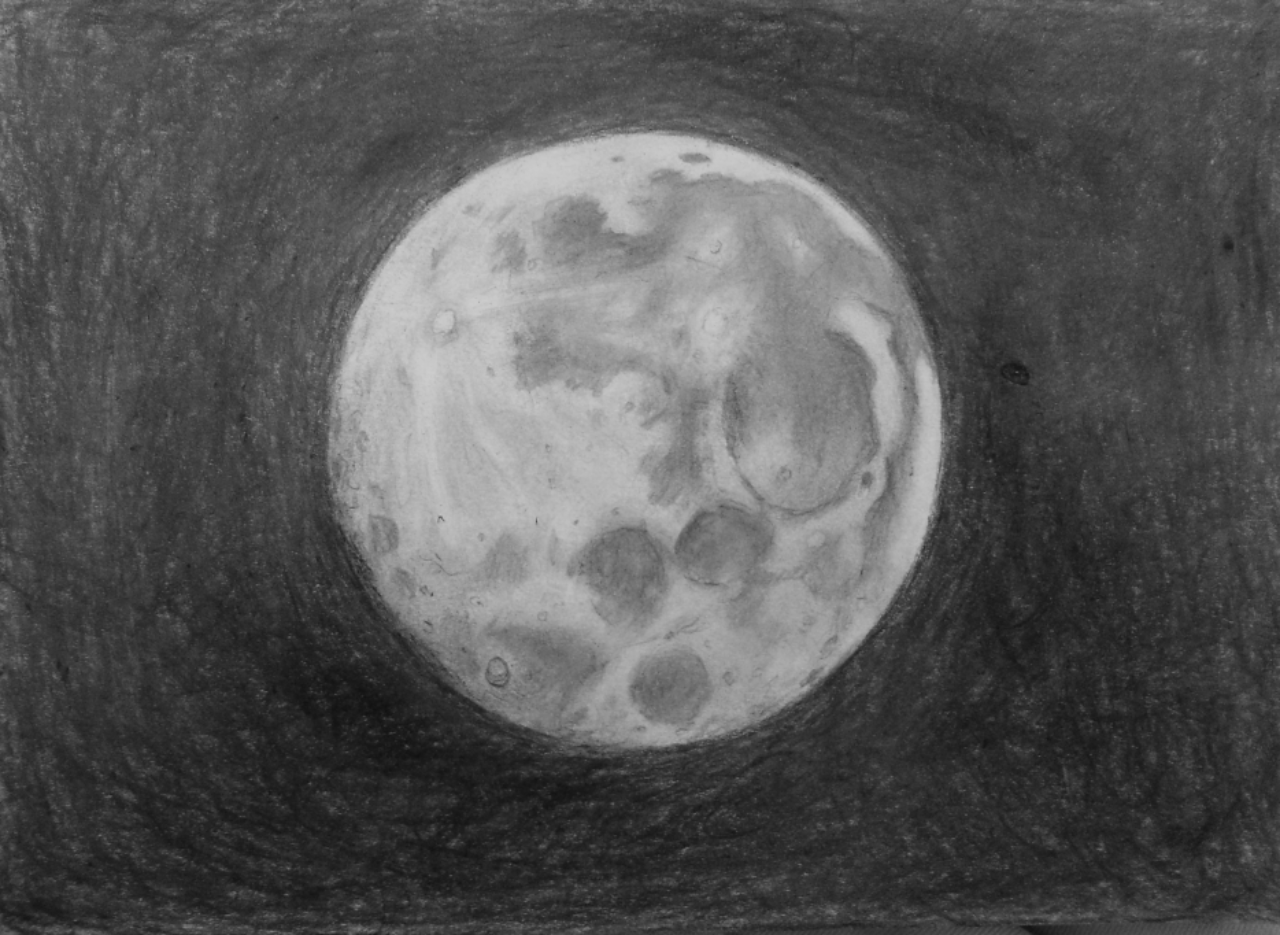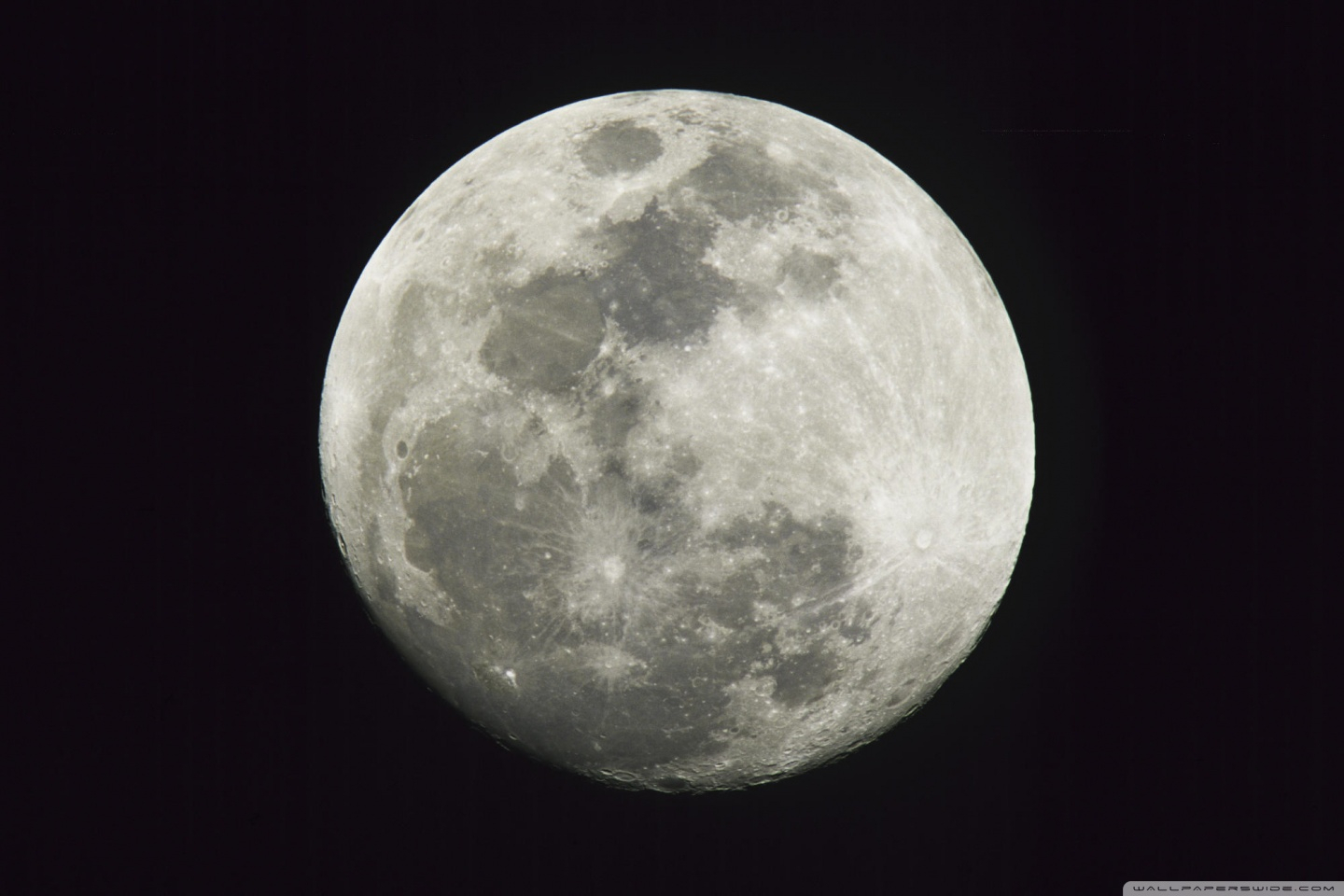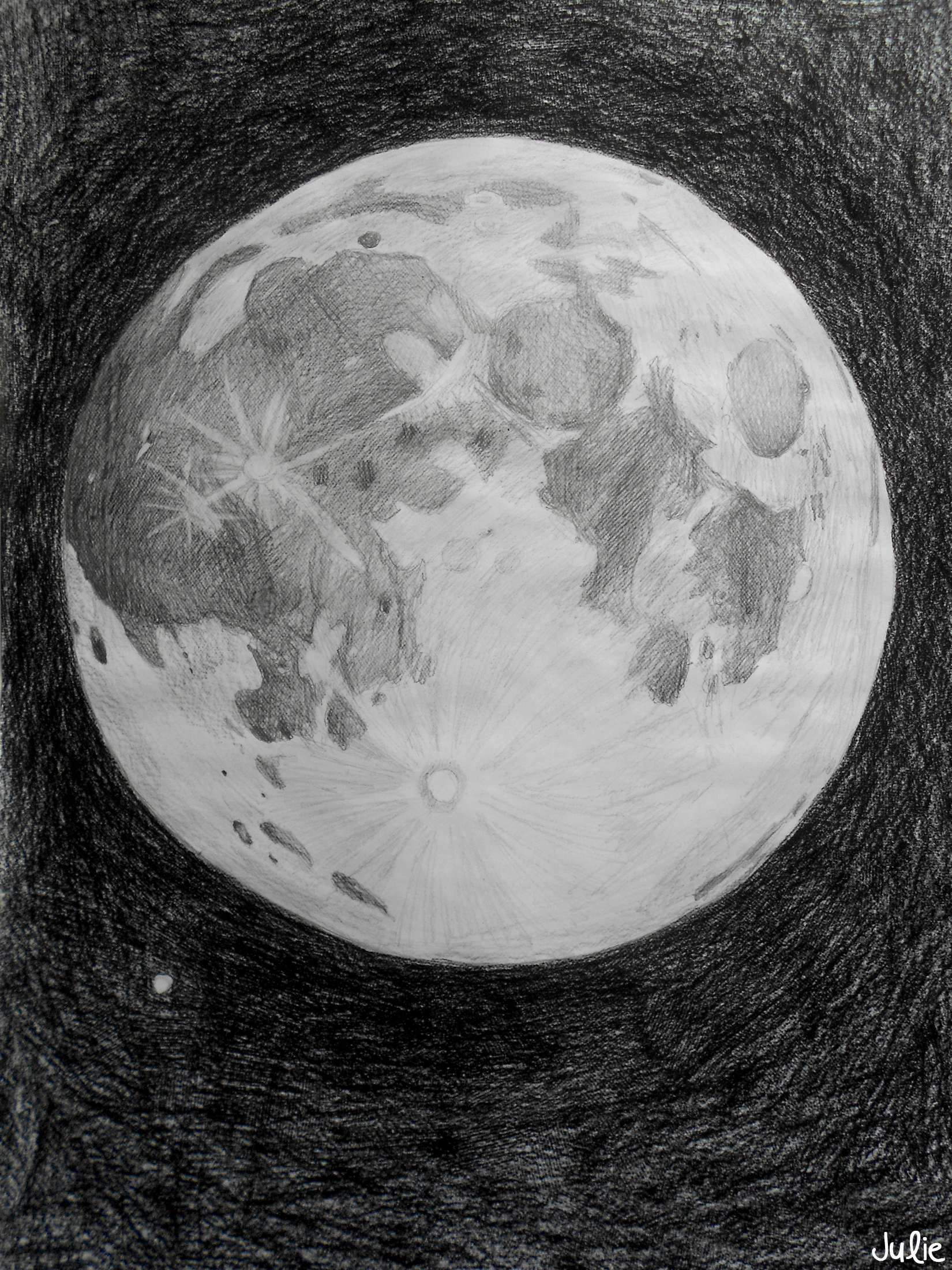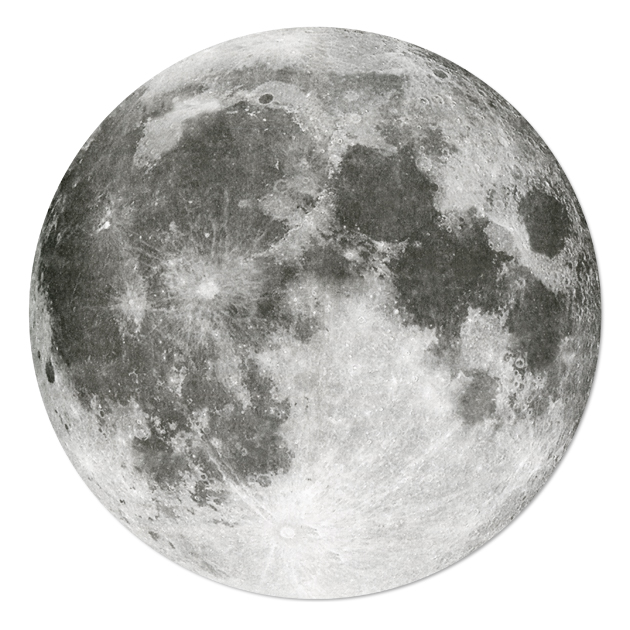
Over time you will build up a collection of lunar drawings. Mountains like Mons Pico appear as pointed bright lights against the grey lunar surface. Plato, a crater in Mare Imbrium, can have shadows cast into it by the Sun that look like flames.
MOON SKETCH FULL
Use an erecting prism to keep things upright.Ī dinner or side plate circle is a good size for full phases, though a scope also allows you to zoom in on craters.Īs the phase of the Moon changes, it can give features different appearances. Introducing a small scope increases the detail once more. This medium allows for blending and the creation of depth, which looks great when your targets are lunar craters and mountains.ĭraw the larger features first and then add additional craters in different areas.

Using pastels requires black card, black and white soft pastels and as many greys as you can find. You may wish to continue using pencils or you could try venturing into pastels. As your binoculars will show you more detail you can increase the size of your drawing circle to 120mm. For this you will need a pair of binoculars that can be screwed into a tripod as they need to be absolutely steady.Ī pair of 10x50s is ideal for beginners. It is then that the contrast between dramatic whites and the black shadows is profound.

Rays and other detail on the surface look more stunning when they are located along the terminator. You should be able to see crater rays, caused by explosive impacts on the Moon, kicking up long plumes of dust across the lunar surface.Īn eraser can help with the addition of rays by removing pencil in dramatic flicks. With binoculars, the detail you encounter will increase dramatically. Credit: Deirdre Kelleghan Observing the Moon through an eyepiece Galileo Galilei sketched the Moon from his own observations through his handmade telescope in the early 17th century.A lunar location sketch drawn from looking through a small telescope, Bray, County Wicklow, Ireland. You can check it out for yourself with a cheap telescope. Over 300 years later, man would walk on the rough surface Galileo sketched. His drawings of the Moon, and other observations of the solar system, expanded the boundaries of human knowledge. Galileo was both a heretic and a scientific legend.

The Galileo affair of the 17th century was a pivotal moment in Catholic Church history, setting the scene for both clashes and collaborations between science and religion. Among these unfortunate realizations was that the Earth revolved around the Sun. Italian nobles were intrigued by the refined telescope, but the Catholic Church was less than pleased by the knowledge that came with it. However, he soon turned to other tasks after 1610, as even Jesuit scientists accepted the Moon's rough nature. He noticed shadows dancing across them, and sketched the phases on several sheets of paper. Scientists had long thought the Moon was smooth and spherical, but Galileo's observations noted craters and mountain ranges like those found on Earth. With his gaze directed at the Moon, he discovered that it is not a perfect sphere, that Jupiter has moons, that Venus goes through phases, and that the Sun rotates.Īnother new discovery was the Moon's bumpy surface, which man could at last gaze upon with clarity.

Although Galileo did not invent the telescope, his refinements of the “spyglass” allowed him to peer further into the universe than anyone before him.


 0 kommentar(er)
0 kommentar(er)
